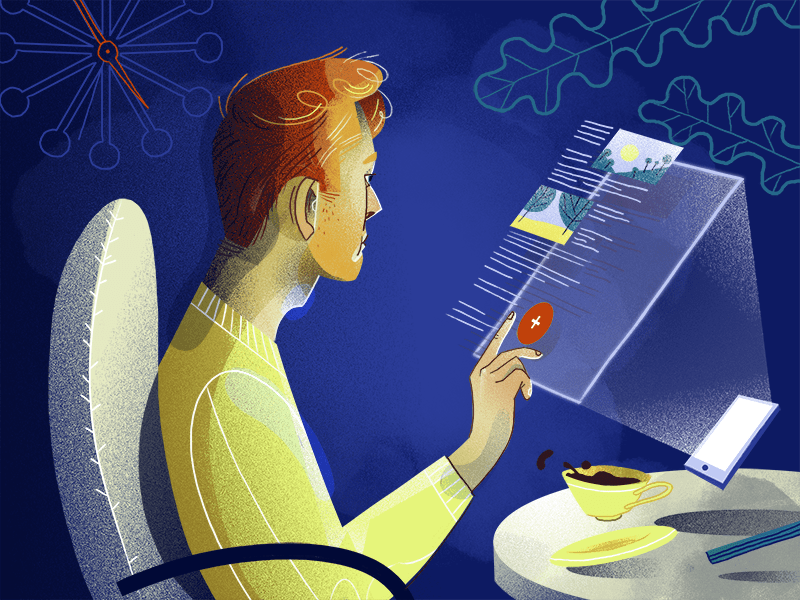Namaste! Diwali is here. The festival has been celebrated for the ages in India. But have you thought? – How and when did it originate? The history of Diwali celebrations is nearly as old as the history of India. So, here we bring you a few exceptional and unheard stories behind Diwali celebrations. Let’s check them out:
Valmikiji wrote one of the greatest Hindu epics named Ramayan, which spreads the message of peace and humanity and conveys tips on being an ideal human being. Valmiki was the first person who passed Ramayana to the sons of Lord Ram, one of the core foundations of the Hindu culture. And, since then it has been passed on to the generations that have come. We all have heard about Ram’s émigré of 14 years, Ravan kidnapped Sita, and Ram’s eventual success over the Ravan with the help of his monkey army. But still, there’s much more to this legendary epic, and today we are bringing you some of the most talked about and hidden stories from the Ramayana.
1. Do you know King Dashratha had one more child? And, how Ram and his brothers were born?
Before the birth of Ram and his brothers, King Dashratha and his first wife Kaushalya had a daughter, whose name was Shanta. Few of us know that Kaushalya’s elder sister, whose name was Vershini, and her husband Raja Rompad, who was a great friend of Raja Dashratha because they studied in the same Ashram had no progeny. Once, when Vershini (Kaushalya’s sister) was in Ayodhya, she joked with Raja Dashratha about asking for a child to which Raja Dashratha said and promised her that she could adopt his daughter, Shanta. And, as he promised Raja Dashratha gave Shanta to Raja Rompad and she became an adopted child of Raja Rompad, the king of Angdesh.
One day, when Shanta had grown up and now become a very beautiful woman; she was in a conversation with the Raja Rompad. Suddenly, a Brahmin came to visit Raja Rompad to ask for help for cultivation during the monsoon season. Since Raja Rompad and Shanta were busy in their conversation, Brahmin felt ignored and left the kingdom. Lord Indra, who is said to be the God of rains, felt offended because a Brahmin, who visited Raja Rompad was his devotee. And, then Lord Indra decided to reprove Raja Rompad, which resulted in no rain in the coming monsoon. This created a lot of suffering for the progenies of Raja Rompad and then he decided to get free from this curse. And, that’s why he requested Rishi Rishyasringa to perform a Yagna for making Lord for rains, Indra happy and he succeeded, too. To pay honor to the Rishi Rishyasringa, King Dashratha, and King Rompad decided to marry Shanta to Rishyasringa.
Dahsratha had no successor yet, so he called Rishyasringa to perform a Yagna for him too. And, then the God of Fire gave a dessert to Dashratha for his wives, and because of eating that: Ram and his brothers were born.
2. Story behind the 10 heads of Ravan: who was an amazing Veena Player and Lord Shiva’s staunch devotee
Ravan, factually, was a staunch follower of Lord Shiva, an extravagant scholar, an amazing ruler, and a genius of Veena. After accomplishing his education, Ravan underwent immense penance to please Lord Shiva on the banks of river Narmada. To please the Lord Shiva, Ravan axed his head. And, every time that happened, the head used to grow back; this continued for 10 times to please Lord Shiva. Thus, Shiva granted 10 heads to Ravan that he sacrificed to please him. These 10 heads were the indication of six shastras and the four Vedas that Ravan mastered.
And, after he succeeded in winning over Lanka, Ravan again went to meet Lord Shiva in Kailash, where his entry was denied by Nandi, who was Shiva’s gatekeeper. This made Ravan annoyed, and he teased him, which made Nandi furious and Nandi cursed him that one day his Lanka would be smashed by a monkey.
To again, prove his devotion to Lord Shiva again, Ravan tried to haul up Kailash. This made Lord Shiva angry, thus placing a toe on the hill, thus making Ravan’s hand underneath it. It was so painful that his cry shook the world. To please Lord Shiva, Ravan plucked out his nerves and played Shiva’s praise, due to which Lord Shiva released Ravan and gifted him an exceptional sword and also gave him the name Ravan, whose meaning is “the one with a terrifying snarl”.
3. Laxman hadn’t slept for the entire 14 years of Ram’s exile and Laxman’s wife Urmila, made a huge sacrifice to make this happen.
Urmila, the wife of Laxman, wanted to accompany Rama, Sita, and Laxman when they were leaving for exile, but he forced her to stay at Ayodhya Palace. During exile, in the forest, in a bid to protect Rama and Sita, Laxman has to stay awake day and night. So, he requested the Goddess of Sleep – Nindra to overlook him for the next 14 years so that he could stay awake. Nindra said that someone else has to fall asleep on his behalf for the next 14 years to create balance, and for that, Laxman asked her to consider his wife Urmila. Goddess of sleep, Nindra asked Urmaila, if she would take up Laxman’s sleep, which she gladly agreed and did.
And, then Urmila slept for 14 years, till Ram’s coronation. Because of her, it had been possible for Laxman to slay Meghnath because Megnath was given a boon that he could only be killed by Gudakesh, which means that the one who has defeated slept.
4. Ram was the reincarnation of Vishnu, but do you know – who were his brother’s reincarnations?
Most of us know that Ram is considered a reincarnation of Vishnu. But do you know who his brother’s reincarnations were? – Bharat and Shatrughan were considered to be Lord Vishnu’s Sudarshan-Chakra and Conch-Shell, while Laxman was considered to be his Shesh-Naag, which is Lord Vishnu’s seat in Vaikunth. It is said that as Earth rests on Shesh-Naag’s head and whenever Adi Shesh gets angered, the Earth starts shaking. Later Laxman took birth as Balram, the elder brother of Lord Krishna. This happened because Laxman had complained that since he was born as the younger brother of Ram, he had to comply with all the commands of Ram. And, that’s why to fulfill his wish, he became the elder brother of Lord Krishna, which was given the name Balram.
5. Ram’s promise became the cause of Laxman’s death.
After Sita willingly got buried under Mother Earth, Ram knew that his duties were over on Earth and knew it was time to return to Vaikunth, but that couldn’t be done because Hanuman wouldn’t allow the Lord of Death, Yam to meet Ram. So, to divert Hanuman, Ram threw his ring into the underworld, which is called Paatal, and asked Hanuman to get it. Then Ram invited Yam, but Yam put forth a condition in front of Ram, that the conversation between them must not be revealed to anyone and if anyone interrupted the conversation, Ram would kill that person. To keep his promise, Ram asked Laxman to guard the gate to ensure no one could intercept the meeting of Lord Ram and Yam.
Meanwhile, angry sage Durvasa came to meet Ram. And, he was halted by Laxman. Angry Durvasa warned Laxman that if he would not let him meet Lord Ram, he would curse Ayodhya. Finding the situation critical, Laxman went to talk to Ram, which resulted in intercepting Ram’s meeting with Yam. Hence, Laxaman intercepted the meeting. To abide by his promise, Laxman went to the Saryu River and gave up his life. But it’s being said that Laxman’s death before Ram’s was important and required because Laxman is considered as the Shesh-Naag, the seat of Lord Vishnu, and that’s why Laxman had to return first before Lord Vishnu returned to Vaikunth. And, later Vishnu reincarnated as Lord Ram.
So, did you enjoy our mesmerizing article, which shared a few exceptional and hidden stories of Ramayan and the history of Diwali? If you liked it, please share it with all your friends and dear ones. Parangat wishes you a grand Diwali!
Artificial Intelligence and the Modern Ramayana
As technology continues to advance, it has found its way into retelling the Ramayana in innovative and engaging ways. Artificial intelligence has played a pivotal role in creating immersive experiences, such as AI-powered chatbots that allow users to interact with characters from the epic, virtual reality simulations of key scenes, and even AI-generated artwork and music inspired by the Ramayana.
Conclusion
The Ramayana is a treasure trove of wisdom and mythology that continues to resonate with people from all walks of life. By exploring these hidden histories and considering the incorporation of artificial intelligence into its modern rendition, we gain a deeper appreciation for the epic’s continued relevance and the limitless potential of technology to preserve its legacy for generations to come. As we learn about the future, let us also remember the eternal lessons of the past as told in the beautiful narratives of the Ramayana.

With roll up sleeves, dive in and get the job done approach, it was in the year 2010 when Sahil started Parangat Technologies. Emphasizing a healthy work culture and technology-driven company, he has successfully created a workplace where people love to work and live. He is a software engineer and a passionate blockchain enthusiast.


 +44-7511-112566
+44-7511-112566 +353-1-8079571
+353-1-8079571 +1-415-799-9792
+1-415-799-9792

